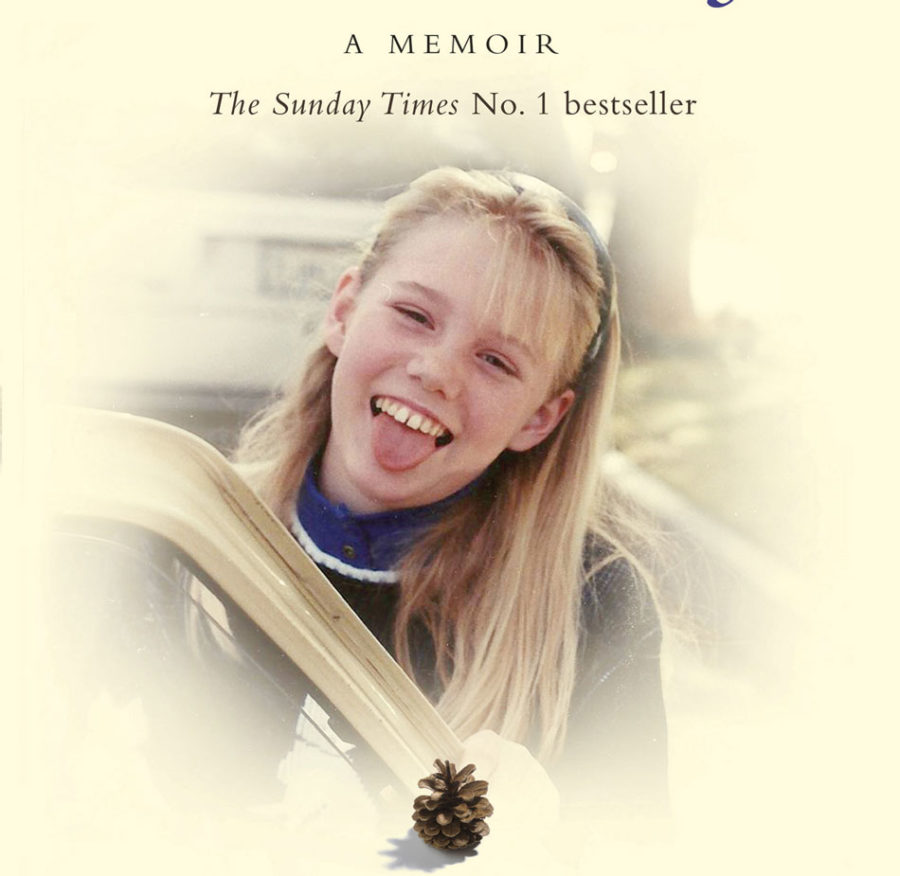Heart-wrenching Memoir: A Stolen Life
November 20, 2018
A Stolen Life is a heart-wrenching memoir by Jaycee Dugard. Despite having only a fifth-grade education, she managed to put her thoughts and experiences into a book that tells of how she was kidnapped, tortured, raped, and kept in captivity for 18 years.
Kidnapped at 11, she was repeatedly raped by Phillip Garrido, the man who shoved her into his van on the morning of June 10, 1991. Kept handcuffed, naked, and locked in a shed, she managed to survive. Dugard was not allowed to say or write her own name.
Her story starts the morning she was kidnapped from her bus stop in South Lake Tahoe, Calif. She recounts every detail vividly, first introducing her everyday routine where she checks on her baby sister, feeds her pet rabbit, and puts on a tiny green ring her mother gave her.
As she made her way to the bus stop, a white van pulled up next to her and she heard a loud zapping sound as she was hit with a stun gun. Then she was pulled into the van where she heard someone say, “We did it! I can’t believe we got away with it.”
Dugard was taken by a married couple, Phillip and Nancy Garrido.
She was then forced to become a mother and a sister. When she was 14, she gave birth to her first daughter, whom she refers to as “A” in the book to protect her privacy. Three years later she had her second daughter, “G.”
After her first daughter was born, the Garridos forced Dugard to call herself “Alissa.” She was not allowed to parent her daughters. Instead, they grew up knowing her as their older sister and called the kidnappers their parents.
The Garridos lived in a small trailer with Phillip’s mother. The backyard was secluded, with a tall wooden fence and many trees, so no visitors knew just how big the field behind the house was. There was a shed and a studio in the backyard. Dugard was locked inside the shed for months. Then she was moved between the studio and shed constantly. In later years, Dugard was allowed to roam the yard and live in different buildings, but mostly she stayed in various tents throughout the yard.
Later in Dugard’s life, she helped run a card-printing service run by Phillip Garrido. Despite having access to the internet, she made no attempts to contact her family. She had been psychologically conditioned by years of abuse and never thought of trying to escape with her daughters.
Dugard used the Garrido’s computer and printer to make worksheets for her daughters. She tried to educate them as best she could. She taught her daughters how to read and write, along with some basic math.
Phillip Garrido was a registered sex offender, and had multiple visits from parole officers throughout Dugard’s captivity. Despite spontaneous house searches, the parole officers never checked the secluded backyard where Dugard was living.
She was eventually rescued by California parole officers on Aug. 29, 2009. Dugard was 29, her older daughter was 15, and her younger daughter was 11. They were taken to a police station and questioned. At first, Dugard lied. She claimed to be Philip’s relative and told the officers her name was Alissa. But eventually, she wrote down her name on a piece of paper. In the book, she writes that writing her name down felt like she had lifted a curse, and an enormous weight was taken off her shoulders.
After every major event or chapter, Dugard writes a reflection where she thinks back on the events from a different view now that she is older. In most reflections she writes about how she feels toward Phillip Garrido. She says she can’t imagine how her 11-year-old self could have survived such trauma. Several times throughout her story she refers to her life now and how she is recovering with her daughters.
Toward the end of the memoir, Dugard writes about her therapy sessions at a horse ranch. She describes how using horses helped her get back into society and battle the press. During one session, she was given a metal bucket with feed and was put into a corral with several horses. The horses chased her, and she was immediately overwhelmed. Then her family was also put in the corral and each given a bucket with small amounts of feed. This way, the horses didn’t chase after only one person and were manageable.
This exercise was supposed to help Dugard and her family find ways to help with all the stress of rejoining the world. The horses represented journalists and reporters, and the feed represented information. If they shared information about her captivity, it would be easier to handle becoming a family.
Dugard now lives with her two daughters in an undisclosed location. She is slowly getting back into society and says in her book that she sometimes gets very lonely, even when she’s around people. Being alone reminds her of all those hours spent locked in that shed, with no one to talk to and nothing to do.


